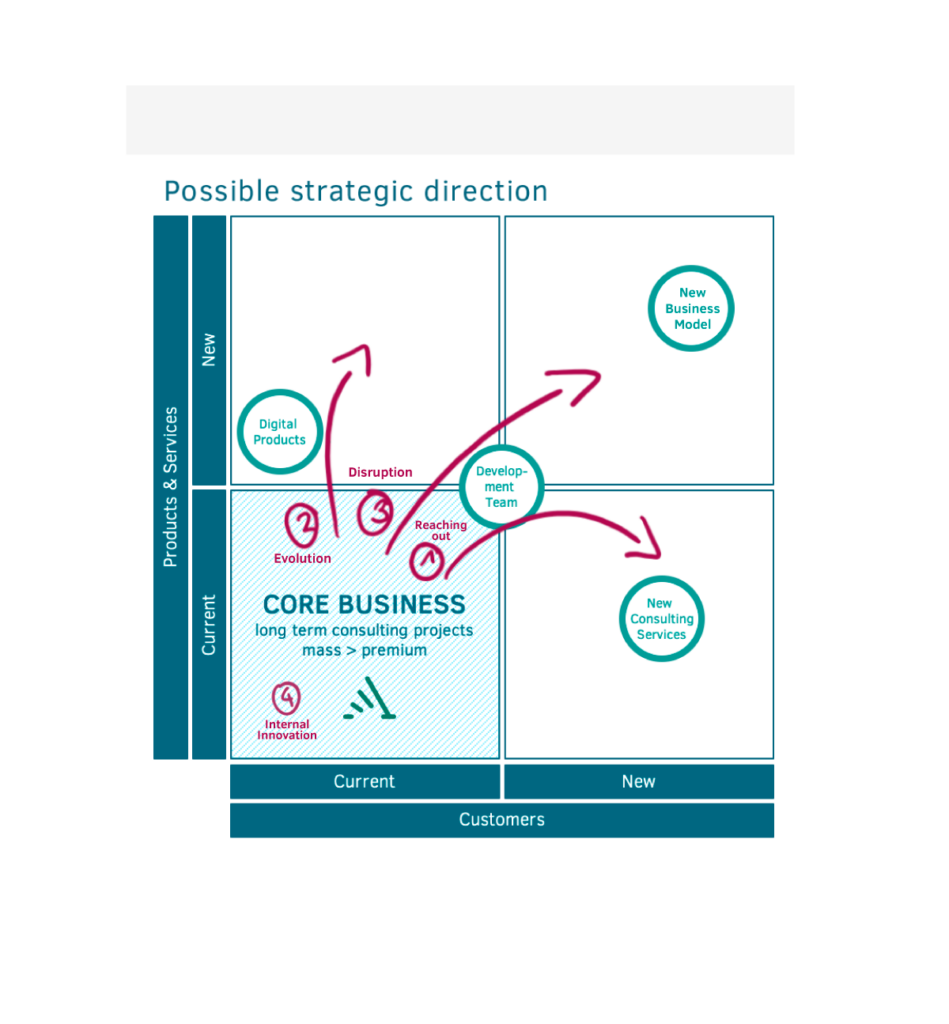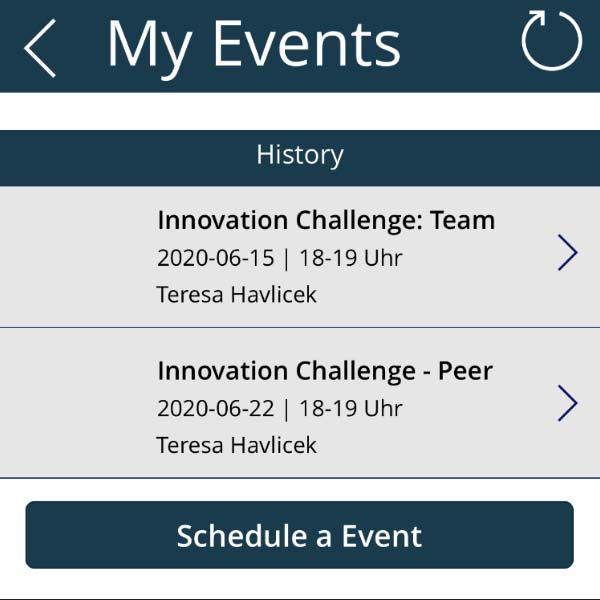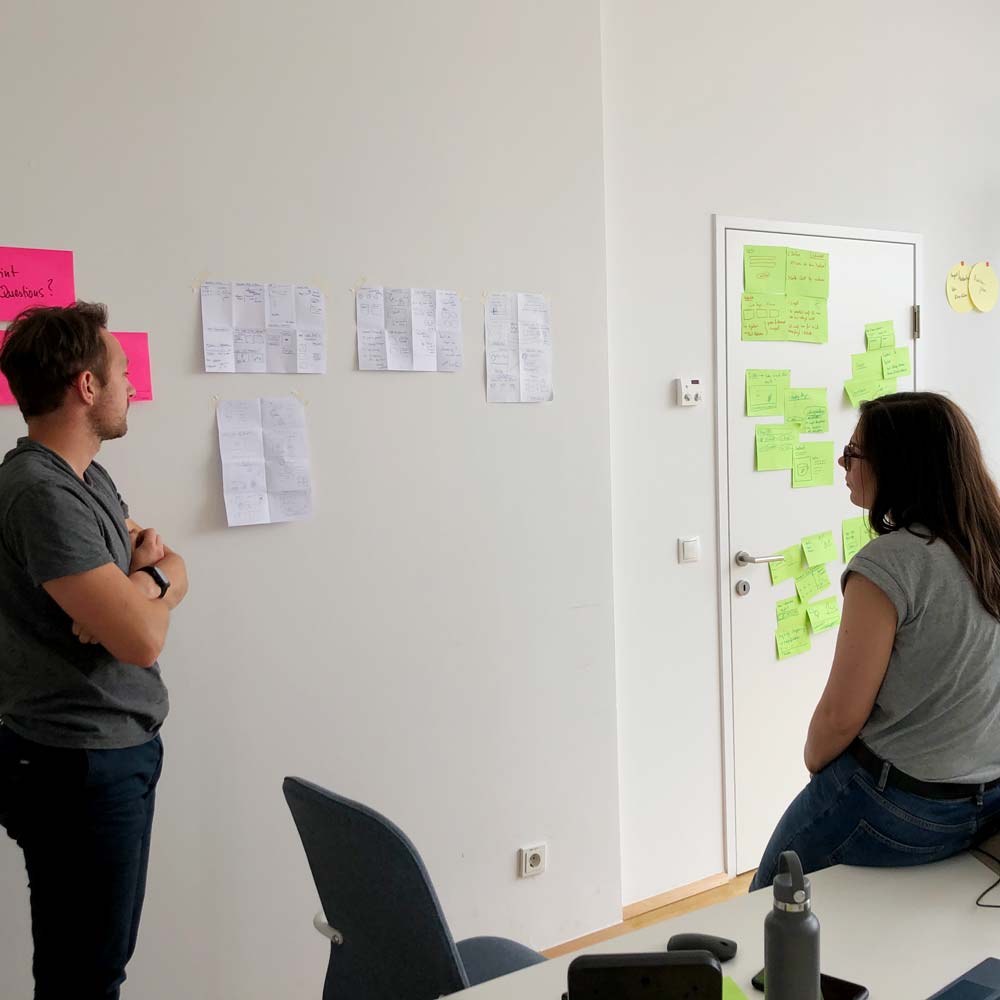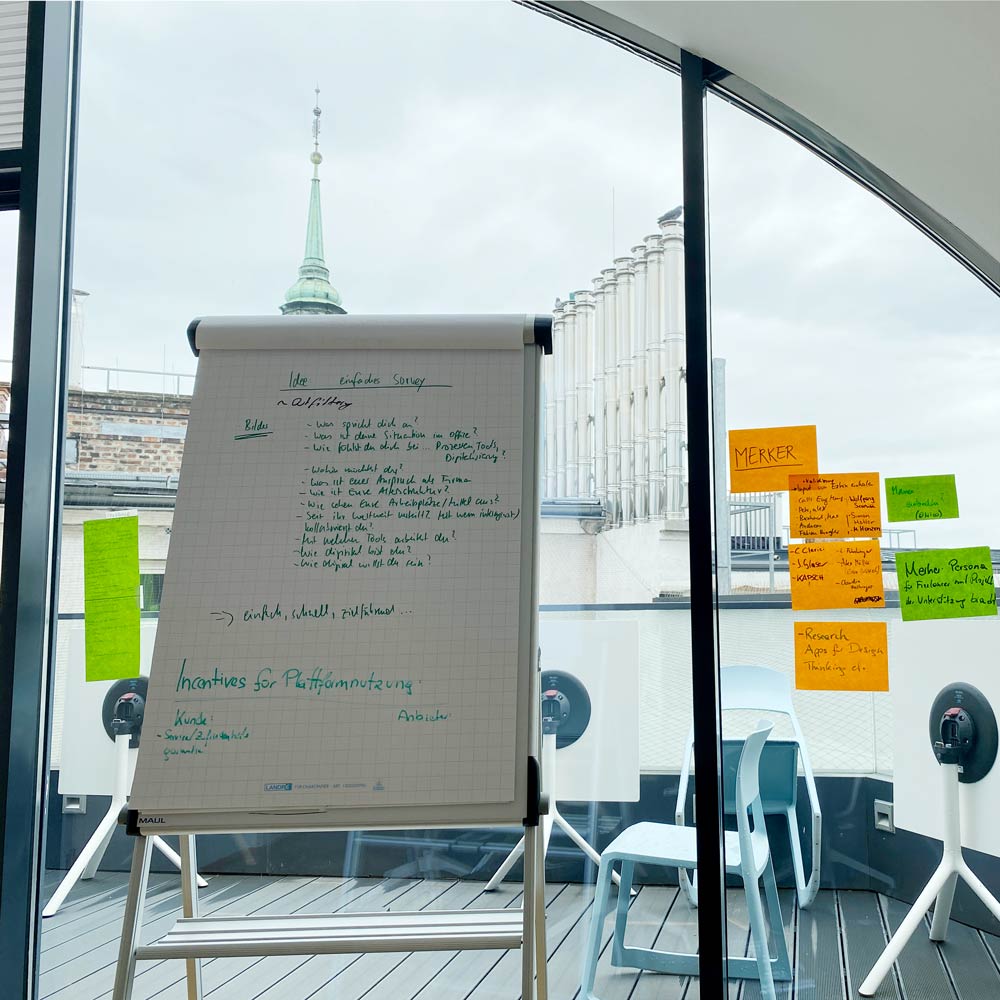Using a crisis as an opportunity to disrupt your business model is easier said than done. Right now, the web is flooded with articles on the importance of agility, digitization and disruption post-corona. We all want to rise like a phoenix from this economic slump, but in case the muse has not kissed you yet with a genius idea, you might need some structured tools and methods to innovate.
Since its foundation, accilium has worked on building new services and methodologies. It is fueled by the energy and inspiration of our associates as well as the open exchange with our partners and clients. We do this, because – just as we emphasize with our slogan “Built to evolve” – we believe that an organization can only mature and grow through the growth of the individuals in it. To have a “Learning Culture” is one of our core organizational values.
Every day, we develop new capabilities, we learn what works, what doesn’t, and what we want to continue to pursue. And most importantly, we have fun. And that’s particularly important in times like these. Our learnings from implementing innovation methods might facilitate your own innovation process.
So, to make this whole “disruption”-thing less abstract, here are three ideas on how to innovate during a crisis:
1. Internal Shark Tank (Business Model Innovation Challenge)
Problem: Our managers have a lot of experience, but they are also limited by their knowledge. The more you know, the more you are biased by your cognitive framework. accilium got successful by serving existing customers with known services: consulting on digitization and the future of mobility. As described by Clayton Christensen in the Innovator’s Dilemma, by only committing resources on improving this line of service, we might overlook new technologies or business models, that could disrupt the consulting industry as a whole. But to invite innovative ideas outside of our classic business model, incentives must be set accordingly. So why not invite everyone to come up with new business ideas?
Method: At accilium, we solved this conundrum with an internal innovation challenge. Anyone can enter a business idea for accilium. After a first selection round, three promising ideas are chosen to pitch in front of the jury – our own “shark tank” you might say. The grand prize? Our founders might decide to invest in your idea. Simply put, this means you get to work on your idea for a dedicated amount of your work time. If the idea develops well, the team might even raise a B series (more paid time to work on your idea)!
Different training resources were provided in all phases of the innovation challenge. We organized guided ideation sessions, where we used creativity techniques like brainwriting or the 6-3-5 method. Later, our employees could take trainings on business model innovation and design sprints.
According to our Ansoff matrix, 4 kinds of innovation ideas could be entered to the Business Model Innovation Challenge:

1. Reaching out
An innovation idea regarding our current or similar services, with new distribution channels or in a new format
2. Evolution
An idea that concerns an evolution of our services/products and includes new monetization models or cost structures (e.g. licenses)
3. Disruption
A disruptive idea with a completely new business model (e.g. B2C content platform)
4. Internal Innovation
Innovation ideas to optimize internal processes were also valid.
2. Internal Marketplace for Skills & Trainings
Problem: During this time of extreme physical distance, it has become challenging to structure collaboration and keep the company’s vital team spirit intact. Every informal exchange must be scheduled. We believe in constant development and sharing knowledge, but a centralized approach to our training and social curriculum only slows our efforts down.
Method: To facilitate sharing knowledge, we implemented an internal marketplace. The #together app is our digital marketplace to share skills, education, activities or entertainment internally. Anyone can schedule and offer a training or an activity, whether it’s a gaming night, an educational intro on design sprints, a drinking night or a sporty activity. Interested people can book the events in the app, and they will automatically be scheduled in their respective calendar. The app has really democratized our social curriculum and we will definitely keep it post-corona!
The app itself was launched as a minimum viable product, and all users are encouraged to share feedback and new requirements in a dedicated MS Teams channel.



3. Design Sprints
Problem: Coming up with new product ideas, developing, validating, and testing them usually takes weeks if not months. But time is sparse in times of crisis – and in normal times alike! Time to speed this up!
Method: We used the past weeks to perform a Design Sprint as proposed by Google Ventures. It is a validated method to design, prototype and test an idea within 5 days. The underlying principle is to quickly test and iterate ideas, before wasting time on details that might not interest the customer at all. Through moderated workshops the team in the war room goes through six stages: empathize, define, ideate, decide, prototype, validate. In the proposed model, each stage lasts half a day to a day and there are special workshop methods to support them.
The Sprint Team shares responsibility for the product and the process and should ideally be built up in an interdisciplinary manner. In the proposed set-up there is a decider, experts and users, a sprint-moderator and sprint-experts (UX designer, software developer, AI expert, etc.).



In our case, we worked on a website to host a new platform-based business model around the topic of transformation and change. The team consisted of a decider, subject matter experts and web developers. The website was tested by using the thinking aloud-method with potential users and customers. The Design Sprint method really helped us to prioritize speedy execution and validation.
We now offer Design Sprints as a service, so if you would like to implement one as well, be sure to contact us!
We are still in the middle of these processes, so we will only be able to evaluate the long-term success of these efforts in the months to come. However, we can already observe the mindset shift that goes along with these initiatives. As consultants we pride ourselves in delivering value for our customers with a mindset of perfection.
For our internal innovation initiatives, we have slowly had to let go of perfection, and instead adapted a “fail early – learn fast” mindset. This attitude is necessary for guiding any innovation process and we will benefit from it long-term for our customer innovation projects. We try, we learn, we grow – that’s what it means to be built to evolve.









 ISO/IEC 27001:2013 certified
ISO/IEC 27001:2013 certified